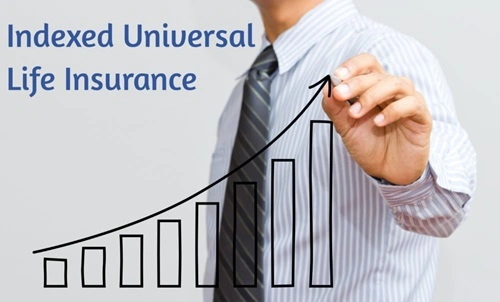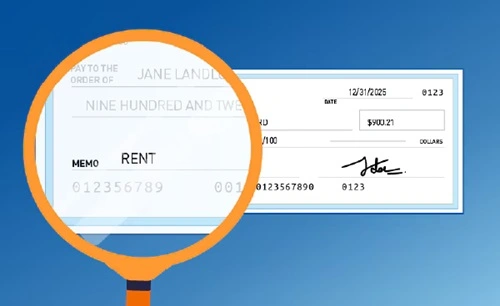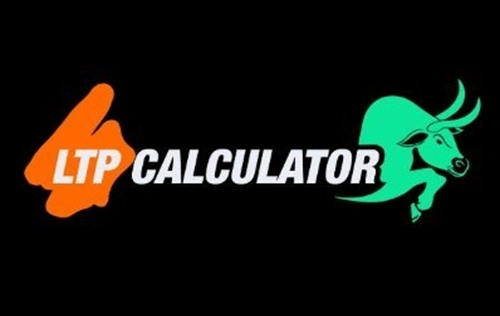Indexed Universal Life Insurance (IUL) is a type of permanent life insurance that offers a unique combination of life insurance protection and potential cash value growth tied to the performance of a stock market index. Popular among individuals seeking both financial security and investment opportunities, IUL policies provide flexibility and tax advantages that appeal to a wide range of consumers. However, as with any financial product, IUL has its benefits and drawbacks.
This article explores the pros and cons of Indexed Universal Life Insurance, helping you decide if this financial tool aligns with your goals and circumstances.
What is Indexed Universal Life Insurance?

Indexed Universal Life Insurance is a type of permanent life insurance, meaning it provides coverage for the insured’s entire lifetime, as long as premiums are paid. Unlike traditional life insurance policies, IUL includes a cash value component that grows based on the performance of a specific stock market index, such as the S&P 500.
Policyholders can allocate their cash value to indexed accounts that track the market, with growth capped at a certain percentage (cap rate) and protected by a guaranteed minimum return (floor rate), which limits losses during market downturns. Additionally, IUL policies offer flexible premiums, death benefits, and potential tax advantages.
The Pros of Indexed Universal Life Insurance
1. Lifetime Coverage
As a permanent life insurance policy, IUL provides lifelong protection, ensuring that your beneficiaries receive a death benefit regardless of when you pass away, as long as the policy remains in force.
2. Potential for Cash Value Growth
The cash value in an IUL policy grows based on the performance of a stock market index. This offers the potential for higher returns compared to traditional whole life insurance, which typically has fixed or lower growth rates.
3. Tax Advantages
- Tax-Deferred Growth: The cash value grows tax-deferred, meaning you don’t pay taxes on the growth until you withdraw funds.
- Tax-Free Death Benefit: The death benefit paid to beneficiaries is generally tax-free.
- Tax-Free Loans: Policyholders can borrow against their cash value without triggering taxable events.
4. Market Downturn Protection
IUL policies include a floor rate, often set at 0%, which ensures that your cash value does not decrease due to poor market performance. While you may not earn returns during a downturn, you won’t lose your principal cash value either.
5. Flexibility in Premium Payments
Policyholders can adjust their premium payments within certain limits, allowing them to increase, decrease, or even skip payments (provided there is enough cash value in the policy to cover costs).
6. Customizable Death Benefits
IUL policies typically offer two death benefit options:
- Level Death Benefit: A fixed amount is paid to beneficiaries.
- Increasing Death Benefit: The death benefit increases over time, combining the original benefit with the policy’s cash value.
7. Diversified Investment Option
IUL policies offer the opportunity to diversify your financial portfolio, as the cash value growth is linked to a stock market index. This can serve as an additional layer of investment strategy.
8. Access to Cash Value
Policyholders can borrow or withdraw funds from their cash value for various purposes, such as paying for education, medical expenses, or retirement needs. Loans are generally tax-free if the policy remains active.
9. Wealth Transfer
IUL policies are often used as a tool for wealth transfer, providing beneficiaries with a tax-free inheritance while ensuring financial protection for loved ones.
10. Living Benefits
Some IUL policies offer living benefit riders, allowing policyholders to access a portion of the death benefit if they face a terminal illness, chronic illness, or long-term care needs.
The Cons of Indexed Universal Life Insurance
1. Complexity
IUL policies are complex financial products that require a thorough understanding of their structure, including cap rates, floor rates, fees, and index participation. This complexity can make them difficult to manage without professional guidance.
2. High Fees and Costs
IUL policies often come with significant fees, including:
- Administrative fees
- Mortality charges
- Surrender charges (if you cancel the policy early)
- Rider fees (for added features)
These costs can erode the policy’s cash value, especially in the early years.
3. Limited Growth Potential
While IUL offers market-linked growth, it comes with a cap rate that limits the maximum return you can earn. For example, if the cap rate is 10% and the market index grows by 15%, your growth will be capped at 10%.
4. Requires Active Management
To maximize the benefits of an IUL policy, you may need to actively manage allocations, monitor cash value performance, and adjust premiums. This can be time-consuming and challenging for individuals unfamiliar with financial planning.
5. No Guaranteed Returns
Unlike traditional whole life insurance, which provides a fixed rate of return on cash value, IUL cash value growth is tied to market performance and can vary significantly. If the market performs poorly, your returns may be minimal.
6. Risk of Lapse
If the policyholder fails to pay premiums or if the cash value is insufficient to cover policy costs, the policy may lapse, resulting in the loss of coverage and potential tax consequences on outstanding loans.
7. Market Cap Risks
While the floor rate protects against losses, the cap rate limits gains during high-performing market periods, which may hinder long-term growth compared to other investment options.
8. Surrender Charges
IUL policies often impose surrender charges if you cancel the policy within a specified period (often 10-15 years). These charges can significantly reduce the cash value you receive.
9. Not Ideal for Short-Term Needs
IUL policies are designed for long-term financial planning. They may not be suitable for individuals seeking short-term investment returns or those unable to commit to long-term premium payments.
10. Complex Loan and Withdrawal Rules
While you can borrow or withdraw from the cash value, these transactions must be carefully managed. Excessive withdrawals or unpaid loans can reduce the death benefit or cause the policy to lapse.
Who Should Consider Indexed Universal Life Insurance?
IUL may be a good fit for:
- Individuals seeking lifelong life insurance coverage with the potential for cash value growth.
- Those with a long-term financial outlook who can commit to consistent premium payments.
- People interested in diversifying their investment portfolio while protecting against market downturns.
- Individuals looking for tax-advantaged financial tools for estate planning or retirement.
It may not be suitable for:
- Those who need a simple and straightforward life insurance policy.
- Individuals unable to manage the ongoing costs and complexities of an IUL policy.
- People seeking short-term investment growth or low-cost insurance options.
Tips for Maximizing an IUL Policy
- Understand the Fine Print: Review policy details, including fees, cap rates, and floor rates, to fully understand how the policy works.
- Work with a Financial Advisor: A professional can help you navigate the complexities of IUL and align it with your financial goals.
- Monitor Performance: Regularly review your policy’s cash value growth and adjust allocations if needed.
- Be Realistic: Set realistic expectations for cash value growth and understand the limitations imposed by cap rates.
- Commit for the Long Term: IUL policies are most effective when held for an extended period, allowing cash value to grow over time.
Conclusion
Indexed Universal Life Insurance offers a compelling blend of life insurance protection and investment potential. With its flexibility, tax advantages, and market-linked growth, it appeals to individuals seeking a long-term financial tool for wealth building and security. However, its complexity, fees, and reliance on market performance make it essential to approach IUL with a clear understanding of its mechanics and risks.
By weighing the pros and cons of Indexed Universal Life Insurance, you can determine whether this product aligns with your financial goals and needs. For those who commit to the policy and manage it wisely, IUL can serve as a powerful tool for financial planning and peace of mind.a



